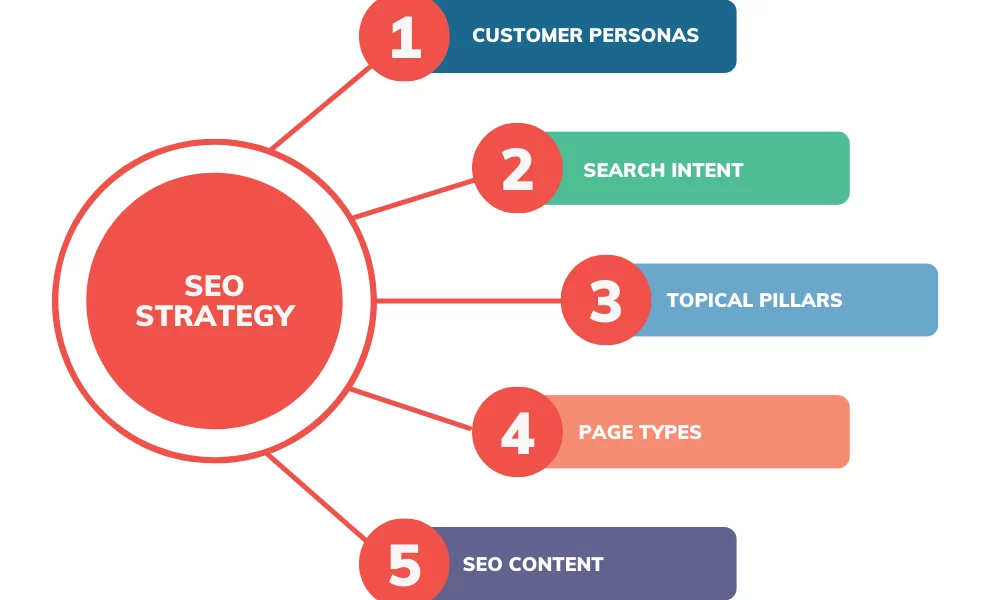In today’s digital landscape, mastering SEO is essential for driving traffic and increasing visibility for your website. Whether you’re new to SEO or looking to refine your approach, this step-by-step guide will walk you through the essential strategies to boost your site’s ranking on search engines.
1. Conduct Keyword Research
Keyword research is the foundation of any effective SEO strategy. Start by identifying the keywords and phrases your target audience is searching for. Use tools like Google Keyword Planner, Ahrefs, or SEMrush to find high-volume, low-competition keywords. Focus on long-tail keywords, as they often attract more targeted traffic and are less competitive.
2. Optimize On-Page SEO
On-page SEO involves optimizing individual pages on your website to rank higher and earn more relevant traffic. This includes optimizing your meta titles, meta descriptions, header tags (H1, H2, H3), and ensuring keyword density is balanced. Additionally, make sure your URLs are clean and include your primary keyword.
3. Create High-Quality Content
Content is king in SEO. Focus on creating valuable, informative, and engaging content that addresses your audience’s needs. Regularly update your blog with fresh content and ensure that it’s optimized for your target keywords. Use multimedia elements like images, videos, and infographics to enhance user experience and increase engagement.
4. Improve Site Speed and Mobile Optimization
Search engines like Google prioritize websites that load quickly and are mobile-friendly. Optimize your site’s loading speed by compressing images, minimizing CSS and JavaScript files, and using a content delivery network (CDN). Additionally, ensure your site is responsive and provides a seamless experience on all devices.
5. Build Quality Backlinks
Backlinks from reputable websites signal to search engines that your site is trustworthy and authoritative. Focus on earning backlinks from high-authority sites in your niche through guest posting, partnerships, and creating shareable content. Avoid black-hat tactics like buying links, as they can lead to penalties from search engines.
6. Utilize Local SEO
If your business operates locally, optimizing for local SEO is crucial. Claim your Google My Business listing, and ensure your NAP (Name, Address, Phone Number) information is consistent across all online directories. Encourage satisfied customers to leave positive reviews, as they can boost your local search rankings.
7. Leverage Social Media
While social media signals don’t directly impact SEO rankings, they can drive traffic to your site and increase brand awareness. Share your content on social media platforms and engage with your audience to build a loyal following. Social shares can also lead to more backlinks, further improving your SEO.
8. Monitor and Analyze Your Performance
Finally, regularly monitor your SEO performance using tools like Google Analytics, Google Search Console, and SEO software like Moz or Ahrefs. Track key metrics such as organic traffic, bounce rate, and keyword rankings. Use this data to refine your strategy and make informed decisions to improve your site’s SEO.
By following these steps and continuously refining your approach, you can develop an effective SEO strategy that boosts your website’s visibility, drives organic traffic, and helps you achieve your digital marketing goals.





